10. The Dreamers
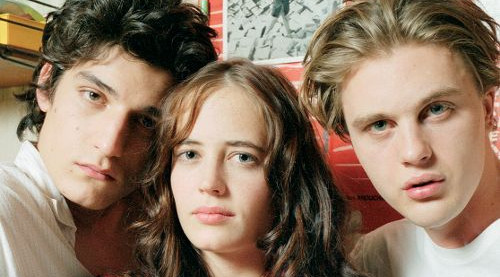
The film by Bernardo Bertolucci opens in 1968 Paris as the police and cinephiles clash over the ouster of Henri Langlois, the founder of Cinemathique Francais – a revolt that shook the government. There are demonstrations and rioting on the streets, but oblivious to all this, incestuous twins Theo and Isabelle, played by Louis Garrel and Eva Green, decide to stay indoors to explore their bodies and their knowledge of cinema, accompanied by an American friend Matthew, played by Michael Pitt.
The threesome play a game where two of them re-enact a scene from a movie while the third guesses the answer – the loser is given a punishment where he has to indulge in a sexual act. The charade is an escape for the three as they try to shut out the chaos of the world outside with sex, aided by their love of cinema.
Bertolucci shows us that the world these three attempts to create is actually a microcosm of the larger picture of the times. He reasserts the idea that sex and cinema cannot change the world, as the people who run it are guided by their lust for money and power instead of art.
9. Breaking the Waves
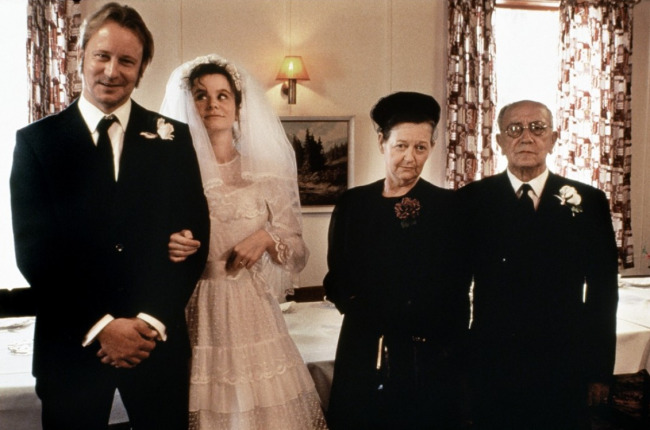
Breaking the Waves, written and directed by maverick Danish filmmaker Lars Von Trier won the Grand Prix at the 1996 Cannes Film Festival. It tells the story of Bess (Emily Watson) – a childlike and naïve woman belonging to a strict sect who sacrifices her dignity to save the man she loves.
Set in a remote Scottish village in the 70’s, the drama begins when Bess marries Jan (Stellan Skarsgard), much to the vexation of her close knit, religious community. After the marriage, Jan is critically injured in an accident and becomes paralyzed from the neck down.
Then one day, he tells her to find a man and sleep with him, and to narrate to Jan about the experience. She doesn’t like what he wants her to indulge in but goes ahead anyway for his sake, for the simple reason that she is a deeply religious woman who firmly believes that her sacrifice can save her man. She does what she thinks is right in her eyes and in the eyes of her God. Without doubt, the film is one of the best gems from Trier’s controversial and impactful oeuvre.
8. Lust, Caution
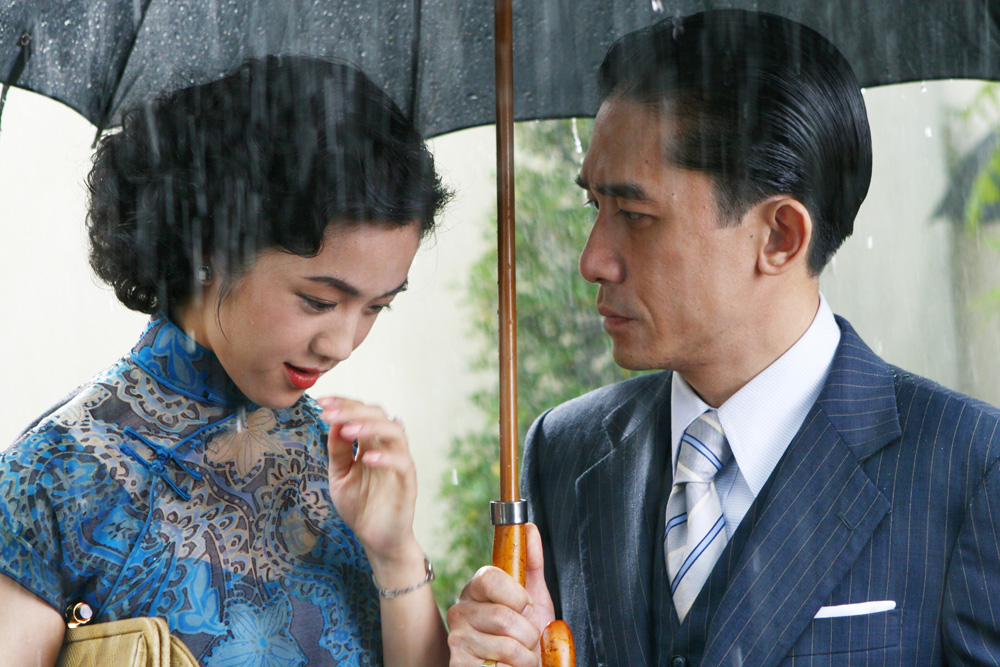
This WWII espionage thriller is based on a short story by Chinese writer Eileen Chang. Though when it comes to the screen, it is to Ang Lee’s credit that he developed it amazingly well, weaving a 158 minute engrossing saga of espionage, lust, deceit, humiliation and love.
The film takes off in Hong Kong in 1942 with four ladies playing a fierce looking game of mah-jongg hosted by Yee (Tony Leung) and his wife(Joan Chen), while an unspoken dialogue hint at an affair between Yee and the youngest player, Mak Tai Tai (Tang Wei).
This masterful scene is followed by a flashback to 1938 when Mak Tai Tai in the guise of a student, Wong Chia Chi, is conscripted by the leader of a rebel group to seduce and kill Yee, a conspirator with the occupying Japanese army.
This conventional war drama plays out exceedingly well as both sides converge with brutal tactics while Yee and Wong embark on a sadomasochistic love affair. The sex scenes in the film are lengthy and explicit – so much so that this beautiful film could have been aptly titled – Caution, Lust.
7. The Piano
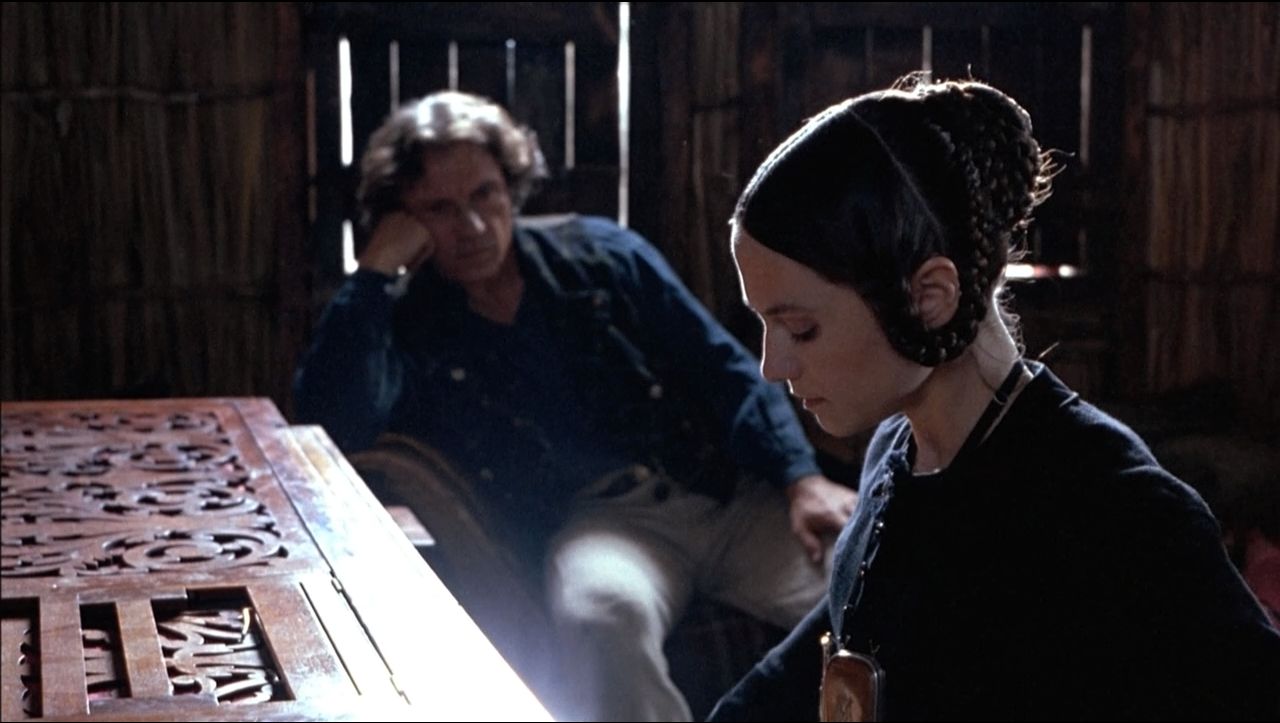
Jane Campion is a director who shows us the world through the eyes of a woman – and that can be refreshing as most of our films come from a male perspective. Jane won the prestigious Palme d’Or in 1993 for The Piano – the only woman to have done so. And decades later, she’s still the only woman to have bagged the coveted award
. A gorgeous, gothic romance, The Piano is a love story between a mute woman named Ada McGrath played by Holly Hunter, and her Piano. The film starts as Ada travels from Scotland to New Zealand to be with her new husband Alisdair Stewart played by Sam Neill. Later George Baines (Harvey Keitel) falls in love with her and bargains with Stewart to buy the piano, once he realizes that the only way he can be close to her is by procuring the piano.
Michael Nyman’s rapturous compositions, close-ups and lyrical camera movements create a beautiful, sensory world that perfectly complements the sentiments and moral requirements of the story. The other thing that deserves mention is the costume designing which has evoked the look and feel of the bygone era very well.
6. In the Mood for Love
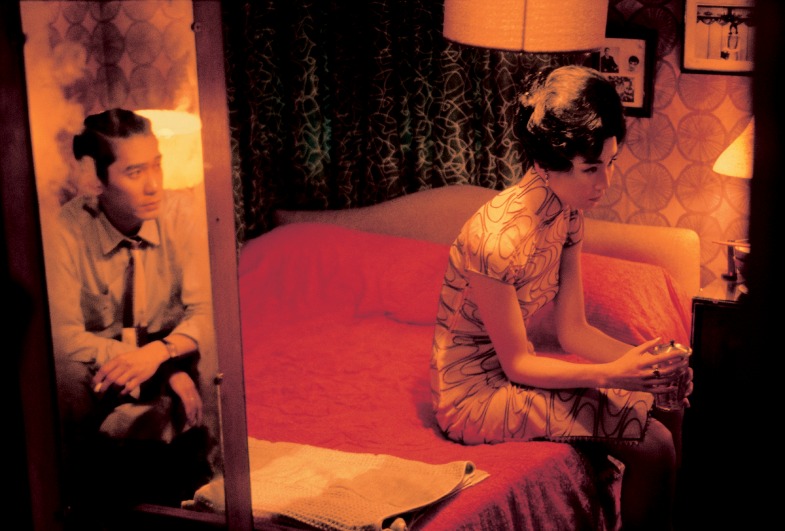
The subject matter of the film called for a visually poignant treatment and an equally evocative tune that would set the tone for the unrequited love and the unspoken pining of the lovers. And director Wong Kar Wai does this in abundance – In the Mood for Love is a breathtakingly gorgeous poem on celluloid.
The colours and the shadows play hide and seek just like the underlying feelings of the lovers – in this case, a couple who live next door to each other – married to two other people who are into a clandestine, extramarital affair.
No words can express the feeling Wong’s visual rendition together with Shigeru Umebayashi’s theme music evokes – slow and soulful, gently caressing and soothing the melancholy of the two lovers caught in an emotional quagmire – the pining is so graceful that it tugs oh so subtly at the heartstrings. It induces love and yearning, gently complementing the languid pace of the images to mesmerize viewers.
5. Sex, lies and videotape
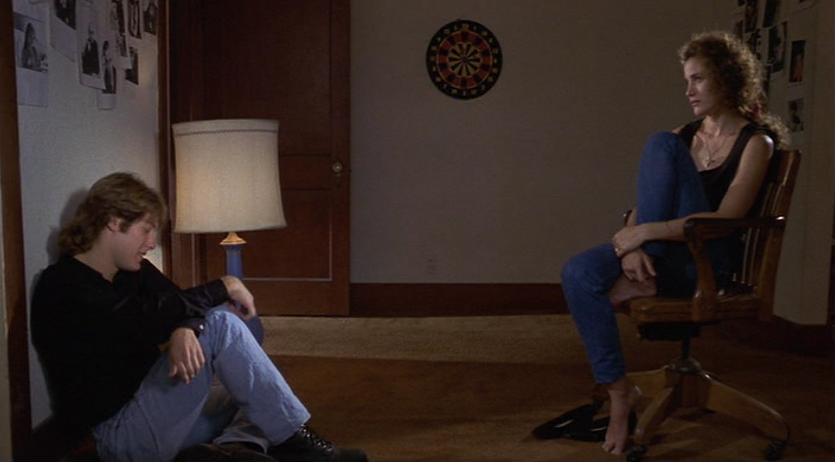
Sex, lies and videotape took place in Baton Rouge, LA and came with a startling subject matter in the year 1989 – adultery, voyeurism, masturbation – all of this in a very seductive package. Director Steven Soderbergh, then a mere 29 years old, wrote the screenplay only in a week’s time – an unbelievable feat.
The jury at Cannes were so impressed that they gave the Palme d’Or for Best Movie and the Best Actor to James Spader. The film has only five characters – philandering lawyer John, played by Peter Gallaher, his beautiful wife played by Andie McDowell, her sister Cynthia, and Graham played by James Spader – and the fifth character – the video camera.
The story runs something like this: John, a lawyer and his beautiful wife Ann live together. Ann is disinterested in sex, but John still craves for it – the result, John finds sexual solace with Ann’s sister Cynthia. Graham, long lost friend of John arrives in this situation – a man who enjoys talking to women about sex more than indulging in it – listening to their sexual escapades and desires, while he tapes them on a camcorder.
Other then Cannes, the film proved to be a pioneering success of low-budget independent filmmaking – paving the way for future generation of independent filmmakers to showcase their work at the Sundance Film Festival.
4. Last Tango in Paris
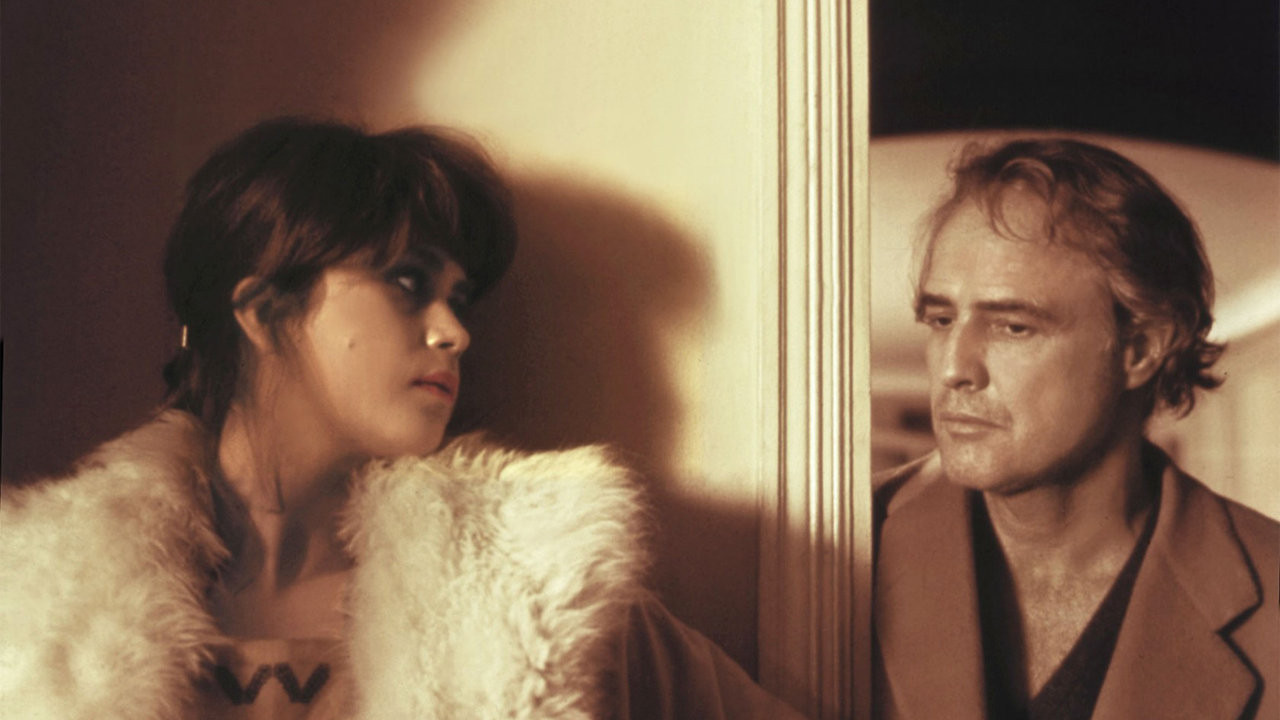
Last Tango in Paris summarizes the entire film with two static paintings by Francis Bacon – a man reclining on a couch with contorted features, and at the end of the credits, a woman sitting on a chair, also with contorted features. The entire story of the film was encompassed in these two frames – two tortured and suffering souls crossing each other’s path, trying to come to peace with their tormented past.
Directed by Bernardo Bertolucci, Last Tango in Paris is the story of Paul played by Marlon Brando, a middle-aged American in Paris, who is having a hard time coming to terms with his wife’s suicide. He comes across Jeanne, a French girl played by Maria Schneider, in a dilapidated apartment. Paul entangles her physically and emotionally into a relationship of debasement and sex-inflicted torture. It’s easy to see Last Tango in Paris as a sexually provocative film – but the fact is that it isn’t. Bertolucci uses sex only as a tool to show the inner turmoil that both the characters are going through.
3. Belle de Jour
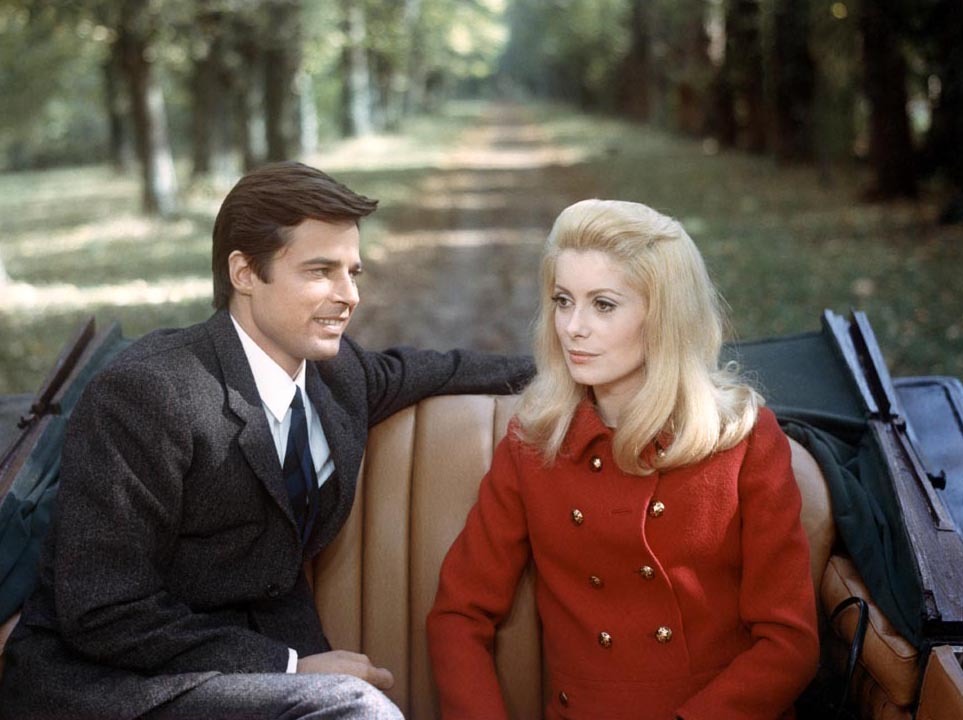
Belle de Jour is the story of a housewife who decides to indulge in prostitution – not for money but for reasons unknown. She joins a brothel and gradually transforms from an awkward housewife to a seasoned prostitute.
It is the story of a woman caught in a gray zone of moral and behavioural ambiguity who is undecided whether to rebel or accept a life of boredom complacently. Belle de Jour remains one of Bunuel’s most recognized work. It is radical in the sense that the film re-imagines and recreates the director’s earlier surrealistic vocations and mis en scene.
An avant-garde experiment, the film served as a piece of surrealistic erotica where Bunuel excels at showing us things that are actually not shown on screen. He masterfully draws upon the viewer’s subconscious and the films subtle use of colour, costume and décor to create a most erotic on celluloid without ever resorting to any lavish display of nudity and sex. The film blurs the line between reality and dream and one is never too sure of what is unfolding on the screen.
2. Lolita
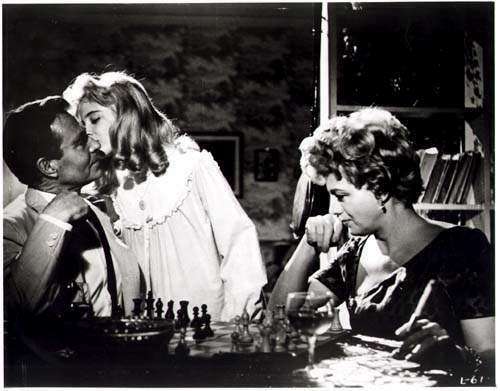
Someone who has read Nabokov’s novel Lolita will understand why it was kind of preposterous of Stanley Kubrick to attempt adapting it into a film. Yet Kubrick does so, maybe as a challenge, or maybe as an endeavour to learn from this daring adventure.
For this, he went to the extent of forsaking his usual flashy camera style and his techniques, instead focusing wholly on making it fall in line with the filmmaking style of the times – an innocuously standard fare. His genius lies in the fact that he let the material drive the treatment. It is an irony that this least Kubrikian movie went on to inspire many famous films like Blue Velvet, Twin Peaks and American Beauty.
The film is the story of a middle-aged man who arrives in England’s small town Ramsdale, taking up residence as a boarder with a local family – consisting of a lady and her pre-teen daughter. He becomes besotted with the nymphet, and the lady – with him. He marries the lady to stay near the daughter, but in a sudden turn of events, he is left alone with his object of desire. From then on, the daemonic perversity of our protagonist is unleashed and a highly erotic yet poetic saga unfolds.
1. Blue is the Warmest Colour
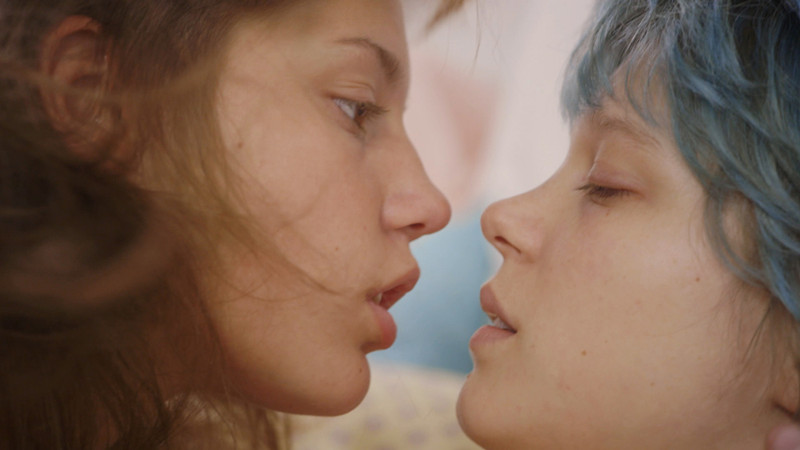
Abdellatif Kechiche’s Blue is the Warmest Colour – a Palme d’Or winner is loosely based on a romantic graphic novel by Julie Maroh, written during her teens. The film, like the earlier works of Kechiche, has social class and its implied divisions as a subtle thread running through.
The story opens with Adele, a teen and her heady love for literature, a feeling of not fitting in, and an unsatisfactory sexual tryst with a boy. In the meantime, she comes across this blue-haired and confident art student Emma to whom she feels an instant attraction.
Co-incidentally, around the same time her friends accuse her of being a lesbian. The hurt and the alienation instigate her to bond with Emma and the budding relationship comes as a welcome respite.
Director Kechiche paints with his cinematography and successfully beautifies the main conflict in the film – the bodies of the two protagonists in the much-discussed explicit sex scenes. Ultimately though, it is the performances of the leading actresses that make the film memorable.
Author Bio: Having relinquished his job as creative director, Neel Choudhury is now a full time yogi and screenplay writer. He lives in Pune, India.